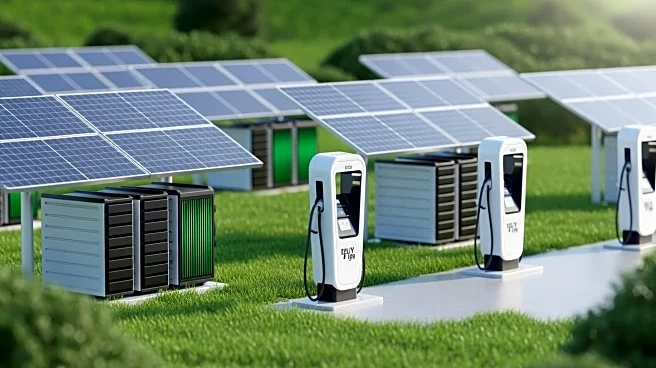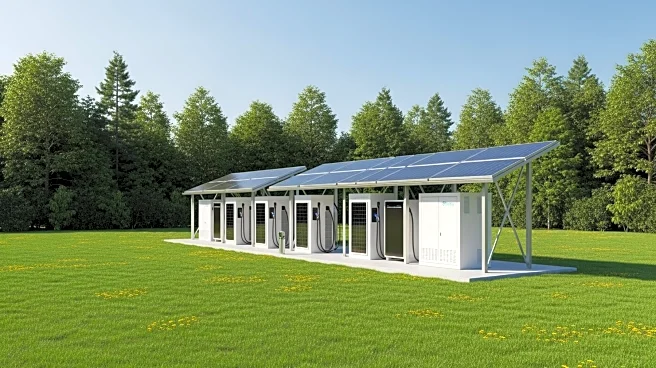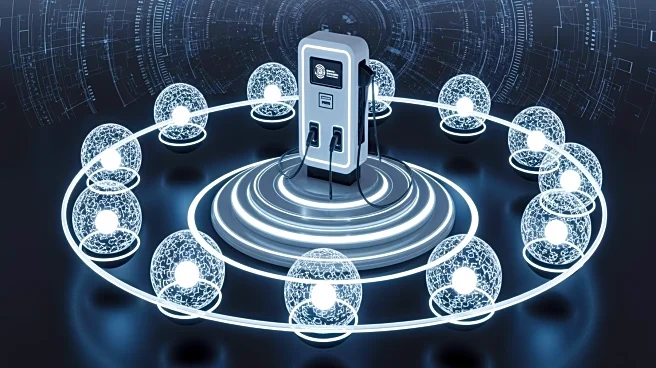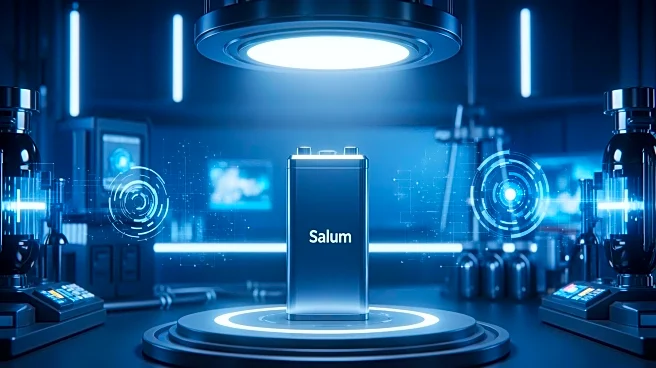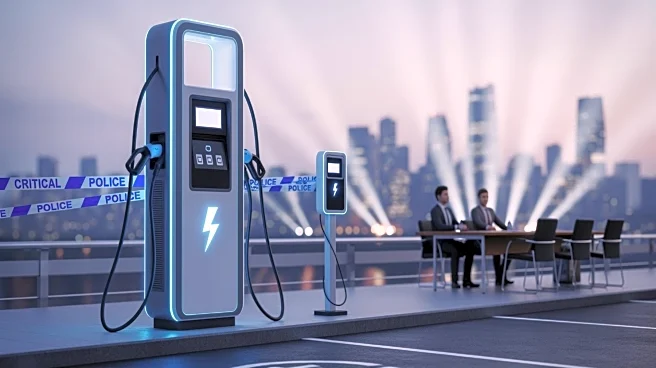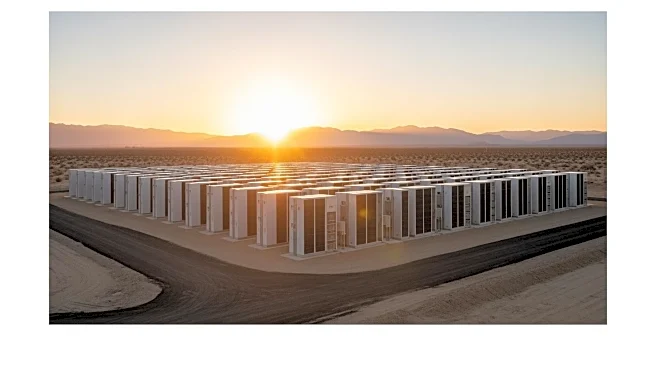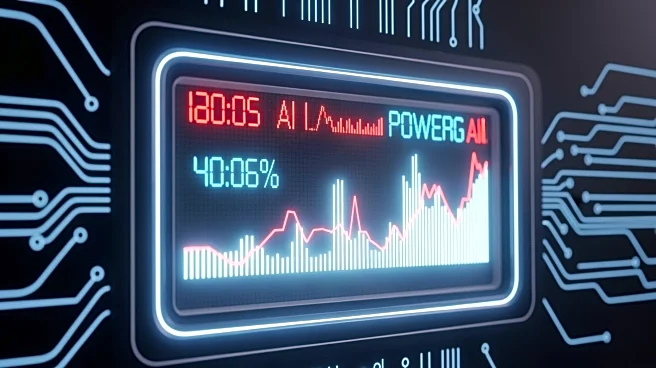What's Happening?
XCharge North America, a subsidiary of XCHG Limited, has been awarded the 'Battery Charging Technology Solution of the Year' at the 2025 AutoTech Breakthrough Awards. The award recognizes GridLink, a battery-integrated
DC fast charging solution that enhances electric vehicle (EV) charging efficiency and supports the North American electrical grid. GridLink acts as both a high-power charger and a distributed energy resource, storing energy during off-peak hours and returning it to the grid during peak demand. This technology addresses the high cost and grid instability associated with conventional fast chargers, particularly in rural and remote areas. GridLink's design includes a 10A active balancer and triple liquid-cooled plates, ensuring high safety standards and compliance with UL 9540A. The system has been deployed in over 50 locations across North America, delivering over 1.1 gigawatt-hours of energy in 2024 and preventing nearly 3 million pounds of CO2 emissions.
Why It's Important?
The recognition of GridLink as a leading technology solution highlights the growing importance of sustainable and resilient energy infrastructure in the U.S. As the demand for electric vehicles increases, so does the need for efficient and reliable charging solutions. GridLink's ability to store and redistribute energy helps mitigate grid overloads and outages, making it a crucial component in the transition to a more sustainable energy future. This technology not only supports the adoption of EVs by providing faster and more reliable charging options but also contributes to reducing carbon emissions. The award underscores the potential for innovative solutions to address the challenges of integrating renewable energy sources and enhancing grid stability, which are critical for the broader adoption of electric vehicles and the reduction of the transportation sector's carbon footprint.
What's Next?
XCharge North America is likely to continue expanding the deployment of GridLink units across the continent, focusing on areas with unstable grid conditions. The company may also explore partnerships with municipalities and private sectors to further integrate this technology into existing infrastructure. As the demand for EVs grows, there could be increased interest from utilities and government agencies in adopting such solutions to enhance grid resilience and support the transition to renewable energy. Additionally, the success of GridLink may encourage further innovation in the EV charging sector, potentially leading to new advancements in battery technology and energy management systems.
Beyond the Headlines
The development and recognition of GridLink highlight the broader trend towards integrating energy storage with renewable energy sources. This approach not only supports the growth of the EV market but also aligns with global efforts to combat climate change by reducing reliance on fossil fuels. The technology's ability to function in remote and rural areas addresses a significant barrier to EV adoption, making sustainable transportation more accessible. Furthermore, the success of GridLink could influence policy decisions related to energy infrastructure and transportation, encouraging investment in similar technologies that promote environmental sustainability and energy independence.


